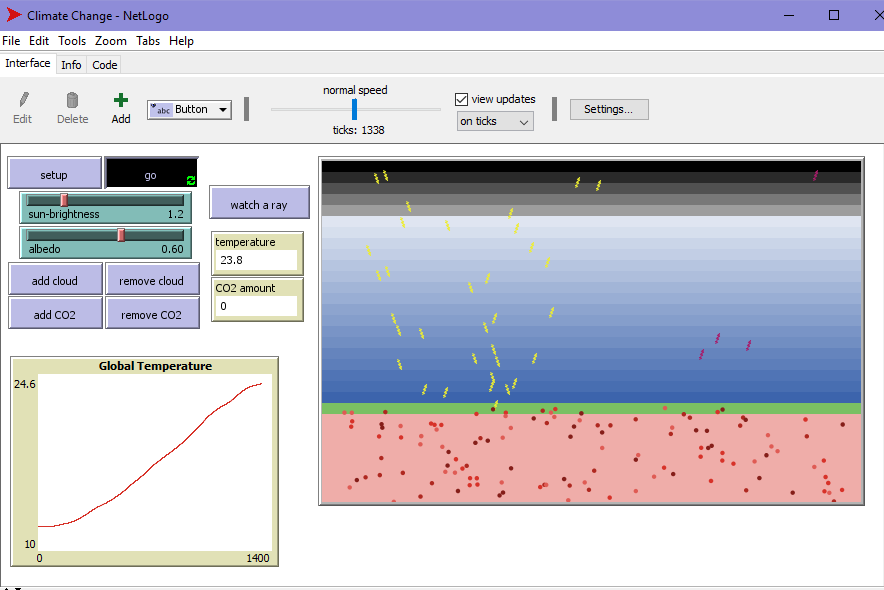For my economic sphere course, I took Computer Modeling for Sustainability. At first, I was not very excited to take this class, as it was in the sphere that I was least interested in. However, now having taken the class, I know that it was, in reality, valuable and can appreciate the importance of the economic sphere to a higher degree, and how it connects to the other spheres. In this class, we learned about different types of models, such as the IPAT equation and the Kaya Identity which both model human impact on the environment. I was already familiar with the IPAT equation from several ecology classes I had previously taken, but those classes talked about it in a broader, more conceptual sense. I feel that this computer modeling class allowed me to understand such models in a deeper, more tangible way. It not only involved the conceptualization of ideas, but demonstrated the process of how to actually go about measuring those ideas more concretely. This ends up being of critical value, as this leads to being able to project how issues in sustainability, such as climate change and the spread of disease, may look in the future. Modeling, therefore, can be considered absolutely essential to projecting something as important as the fate of our planet in some instances. It also led me to have a greater appreciation for how difficult this work truly is, as modelers have to decide which parts of a system are the most important and necessary to include to create a model that is accurate yet simplified. With this course, my roots in sustainability have been further nourished and I now have a better understanding of the importance of considering economic sustainability in conjunction with social and ecological sustainability; I can say my system of roots that makes up my learning in sustainability is more whole now due to this course.

